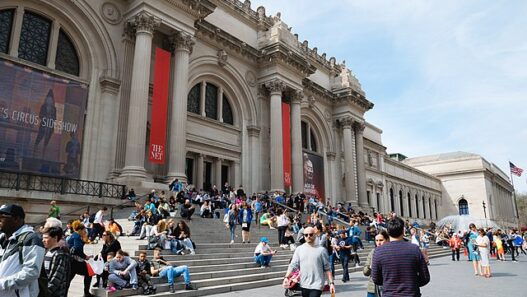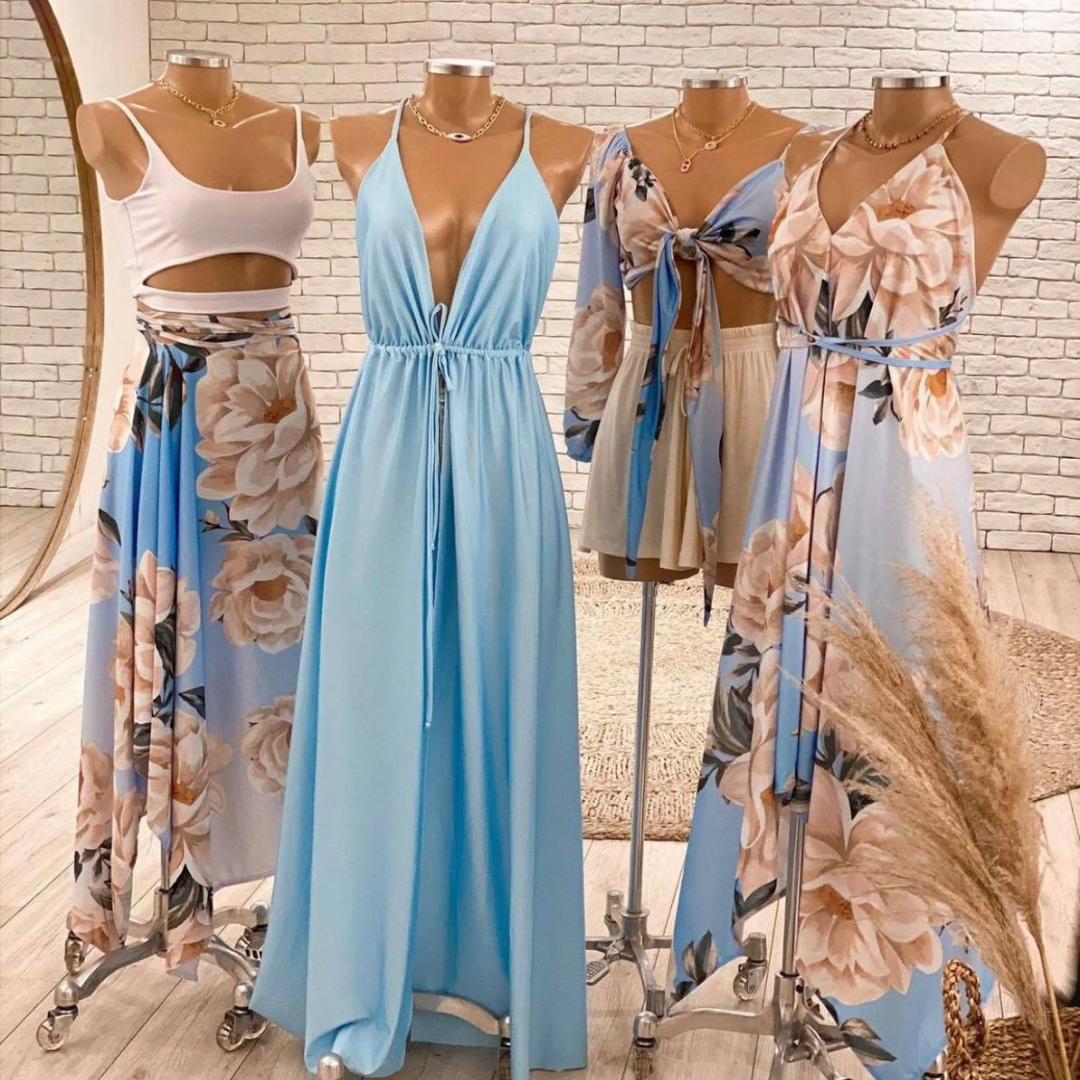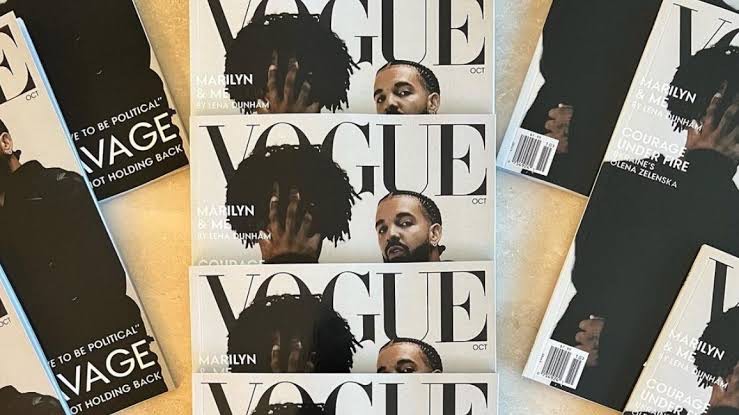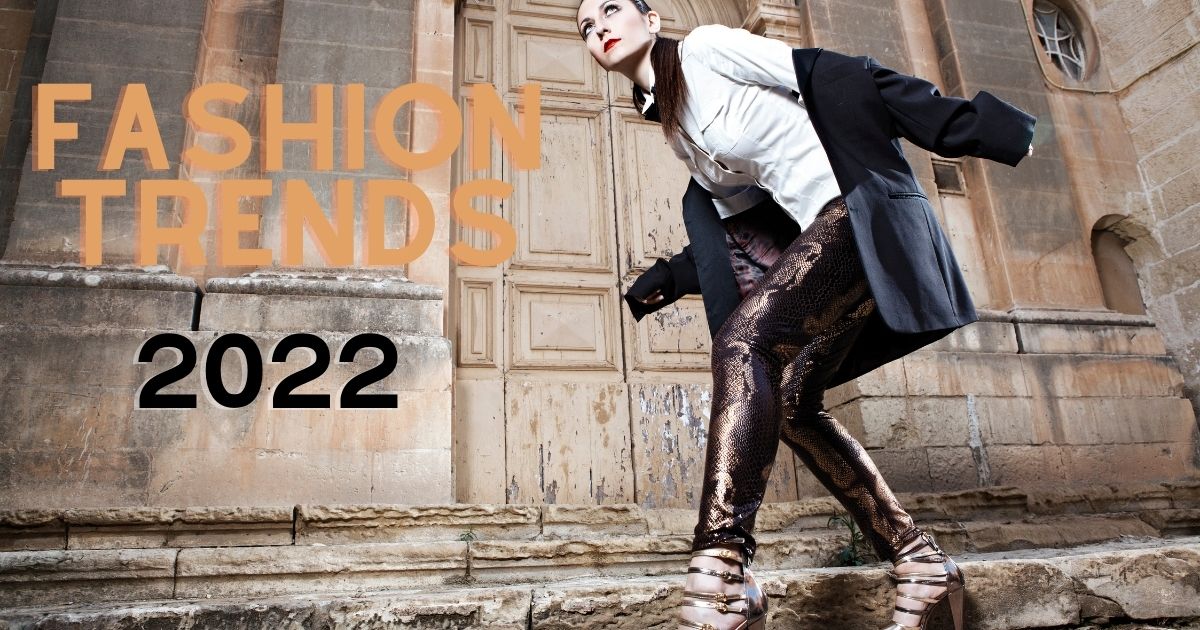Have you ever turned a couple of heads while wearing one of the latest genz trendsetting fashion styles on your way out? Have you been asked how you so confidently pull off that look? But, have you wondered if these heads turning and these questions asked are in appreciation or in aversion?
What is fashion?
For centuries fashion and clothings have been defining who we are and what our culture reflects and our society is accustomed to distinct fashion styles that evolve with every upcoming era.
Fashion changes from one perspective to another, it does not stick to one similar idea or to put it cannot be generalized into one common idea. Fashion is a vast stream of culture, differing from one end of the world to another, but what is fashion to each individual in the society? It can be clothes , jewelry etc. It’s an impression that speaks for itself, for me fashion exhibits my personality and it’s more or less the same for every person in this society. This article speaks about how fashion has been affecting the society and the acceptance of the society towards each change presented to it.
So what exactly is the perception of fashion by the society?
We live in a society, also known as a group of individuals involved in persistent social interaction, or a large social group sharing the same spatial or social territory, typically subject to the same political authority and dominant cultural expectations. Every action of ours will be scrutinized by this society hence it’s the same with anything we wear, may it be a saree or camisole, everything is observed and reviewed.
Fashion can have a beneficial or detrimental impact on society. It serves as a celebration of who they are and a magnificent form of self-expression for many. The main impact of any change in the fashion industry would be on the youth. The influence of fashion on our country is very evident from the change of style in our youth (15 years- 20 years ) they decide if the trends are to stay or not. The youth are influenced by social media who are paid to portray the best so that the youth are deceived into believing their products are the best. The distinctions between consumer behaviours are becoming increasingly blurred among young people (youth), as the common desire is to become addicted to social networks, interact with a diverse group of people who share common interests, and be appreciated. In fact, even companies that are hiring potential employees are verifying their social networks evaluating them
Fashion is a visible reflection of the attitudes of those who surround it. The depth of necklines, the plainness of clothing, and the lack of variety in styles, colours, and silhouettes are frequent indicators of how conservative a town is. Social mentality depends on parental conditioning, the perspective of perceiving a fashion statement to be grisly or pleasing to the eyes depends solely on the person, hence fashion cannot be narrowed down to single vision through the eyes of a society because society itself is divided to many versatile sectors.
Although fashion is not the driving force behind social change, it undoubtedly contributes to making such change more apparent. Success of a fashion trend depends on how well the society accepts the same, hence the impact is measure with barometer of acceptance of the trend by the society
FASHION IN INDIA
India fashion has been on the scale of improvising from the very beginning ,the younger generations have been westernizing the clothing culture to merge with emerging trends and it has not been accepted well by the latter generations! Not because the trends affect them personally but as mentioned before the sudden shift of culture is hard to accept.
It is said the first record of saree style draping material was found in the Mauryan empire (322 BCE – 187 BCE) the sculptures excavated from the time period are seen draped in sarees along with detailed jewelry.
Prior to the time of colonialism, India had already been exporting cotton and silk. Around 300 BCE, India learned how to make silk from the Chinese. With the expansion of the Mughal Empire, elaborate designs and patterns on silk started to appear. It was the east indian company that bought the modernizing change in clothing, it is said the people working in the company were forced to wear skirts, blouses and shirts. In short, that explains the inherent difficulty of the older generations to accept the westernized fashion trends as they were initially forced into our society.
The vast majority of the time. People associate fashion with the clothes they wear. Though fashion is a broad concept, in modern times it has been reduced to fabric, apparel, and accessories.
The Trends are influenced by the following factors:
1) Social custom
2) Fashion education,
3) Mass media,
4) Peer groups,
5) Social criticism
6) The environment
7) Traditions and customs
8) Religion,
9) Work,
10) Recreational activities
11) Wealth or income fluctuation,
12) Friends’ inspiration,
13) Changing trends and values,
14) Family members’ influence,
15) Education,
16) Age are all factors to consider.
However, there is little literature on Indian fashion trends, and little emphasis is placed on the effects of these trends on people.
Social status and fashion relativity
Is fashion just for the rich? Is it the price that determines if the clothes are fashionable enough? Well today’s generation has definitely broken that stereotype with the help of affordable fast fashion, but the hierarchy did exist and trickle down theory was used to explain the same.
According to the trickle-down theory of economics, advantages for businesses and the wealthy population trickle down to the rest of society. In terms of fashion, the idea is the same. Instead of economic gains, the trend is what trickles down. Numerous contemporary clothing items and accessories have aristocratic, powerful, or wealthy connotations. Since the idea of leading a glamorous life and being a part of an exclusive elite society has existed for a very long time, fashion can be aspirational for many people who desire to live this life but are predominantly from the working class.
A prime illustration of fashion trickling down is the fur coat. In the past, only exotic animals were used to make fur jackets, which involved cruelty and required a painful and time-consuming process. The price ranges changed depending on how rare the animal was. The most expensive animals were beavers, foxes, and Hudson seals, while the least expensive animals were raccoons, chinchillas, wombats, and moles. At the start of the 20th century, this was so well-liked that the fashion industry produced items that were reasonably priced for those who couldn’t buy a full-length fur coat. Some of these businesses produced fur stoles, removable portions that could be worn as sleeves or over the neck, and scarves.
This distinct style is influenced by fashion trends percolating through contemporary life, style conventions, fashion code concepts developed by designers and forecasting service providers alike, and street style fashion.
Many consider fashion to be a way to attract communication and attention. In other words, the intention is to win friends or gain appreciation by communicating their values through dress and clothing, as appearance is a form of social etiquette and an effective form of nonverbal communication. With the high speed of fashion trends coming from different sources such as social media, it is very hard to keep track of the original source of an emerging trend. And it is very common that many of these don’t start specifically in the top or in the bottom, but somewhere in between.
How well do the designers know their audience, are the trends exhibited actually for the targeted assemblage?
Many may disagree to being able to flaunt a designer suit, it’s mainly cause we have inculcated the thought of not being good enough as the models exhibiting the same for us, for years we are made to believe there is a set standard for every thing and social status would stand right above all, it is said, the rich own the world but its not the same for everyone, how true is it? Is our society not developed enough to accept the changes and walk past the social hierarchy ?
In the age of renaissance, the fabric described the social status, when it came to the upper class fabrics such as silk, satin, brocade etc were used while the lower classes that included the labors and apprentices would wear linen , sheep skin, cool fabric etc. but as we can see now times have changed and fabrics are no longer limited to a particular class of society
French fashion designer Yves Saint Laurent was the first designer to go out to the streets to look at what people were wearing and get inspiration. In the past, fashion designers hadn’t really connected with their potential clients, therefore this was a crucial event in fashion history. They created the product based on their prior knowledge and presumptions about the client. Fashion trends could flow up or down, but it was doubtful that they would trickle across.
The Hermes Birkin, Python leather Channel La Boy, Cinderella Jimmy Choo, and other exorbitantly expensive, limited-edition fashion statement pieces are just a few examples. Even today, it is still impossible to convince people that living a life of excess is possible, regardless of one’s royal heritage or success in business. Why? Because the craftsmanship on every item I’ve mentioned is so high and can be replicated in sweatshops in China or Bangladesh for a fraction of what it would cost in the real market, the only way to tell the difference between the real thing and the imitation is to carefully inspect every stitch and every lining. A person’s social standing is no longer determined by how they dress.
What exactly is the body positivity movement, and how has it aided in the improvement of the fashion industry?
So, what is an ideal body? Is there one? Any body type that has successfully created a facade of being perfect in front of the society and social media meeting the terms of stereotype created thousands of years ago might be an ideal body type, we have been misled into believing there is a perfect body type when there never existed one. For years Society especially the women are forced to believe they aren’t appealing unless they fall under the category of beauty accepted at that juncture of time, beauty brands and fashion brands have been leaching onto this insecurity coercing individuals to fall into this toxic loop.
What is body positivity?
Is it loving your body the way it is or imposing yourself to believe you are perfect until it becomes the ultimate truth.
According to various expert opinions, body positivity, as a new term, has several definitions. In simple words BODY POSITIVITY can be termed as loving and accepting your body for what it is and how it is ! also defined by cambridge as “ Body positivity is routed to loving your body and gaining self confidence.” for years now the fashion industry has been making women around the world insecure about their looks , fashion industry has thrived on this by portraying the ideal body size to be between Height is typically between 5’9″-6″, bust is between 32″-36″, waist is between 22″-26″, and hips should be between 33″-35.
It is sad how the discrimination of body types was not a prevelant issue until the end of 1800’s there are sculptures of indian gods with full breasts, narrow waist, full hips etc it tells us how there existed a time were womens body were not questioned, the downhill started with beginning of 1900.
The body positivity movement first began in the late 1960’s in the new york city, it was called the fat acceptance movement,The National Association to Advance Fat Acceptance (NAAFA), formerly known as the National Association to Aid Fat Americans, was founded as a result of a rise in interest in “fat liberation.” Changing society, not ourselves, was the movement’s guiding concept, even though the term “body positive” didn’t exist 50 years ago.
It was only in 2006 the plus size clothing were made available in a lot of countries like India, earlier plus size clothing were known as the “ stoutwears.” It is believed the producers considered the plus size category to be a negligible amount. The first plus size model was Emme in the year 1994, she made history as the first plus size model to land on people’s 50 most beautiful list. After 28 years in a fashion career she was able to walk the ramp for the New York Fashion Week at the age of 54.
The most recent wave, which questioned sexist ideas of female appearance, began in 2012 and is still going strong. And it had a direct impact on the fashion industry. Even the high fashion sector is changing, with more retail brands including plus-size options in their collections. For instance, at New York Fashion Week, Torrid was the first business to present a range of plus-size clothing on the catwalk. In September 2018, they revealed their Spring/Summer collection, which came in sizes ranging from 10 to 30. This demonstrates how the high-fashion sector is becoming more inclusive of people of all sizes.
Is size inclusivity same as plus size?
Majority of the time, the term plus size is interchanged with size inclusive, it is to be noticed how in the beginning of finally giving notice to the plus size category an entire separate collection was made for the same, but the question raised were why should there be an entirely new collection for the plus size and not just have the favorable sizes available in the normal
Collection. The difference between both terms is simply the inclusivity of plus size range in the normal collection. Is there actually the need to start an entirely new collection for the plus size people when they can easily be accommodated with the others?
The covid year brought in a lot of changes within the society and the confidence of the people to portray what they are and allow them to confidently wear what they like. The year 2020 brought light to a lot of changes in fashion society especially with people expressing themself through social media and gaining the confidence to do so. We have solely the social media to thank for bursting the myth of plus size not being fashionable enough. We see beautiful women out there living their best life wearing what they like spreading positivity and confidence to others who need them.
Everyone needs to understand moving forward that fashion is more than just an appearance. It is a statement that has an impact on the context in which it is made. Fashion activism has gained popularity in recent years. Fashion activism is the use of fashion to advance social and political change. You can use this tool to promote more inclusion and equitable representation. Inclusion and representation are crucial in a world when people are so diverse. Politics, gender studies, and the fashion industry and how it caters to its customers are all relevant.
For a long time, fashion industries were only concerned about the normal sized people, well with the advancing society its good to know it is no longer the case, this change was long overdue and it is not yet superlative, but with the changing society the fashion brands are trying their best to accumulate everyone possible. It’s not easy to end a stigma such as body shaming at a click but as a progressive society we are trying our level best to make everyone feel normal and loved, as it should be.
Gender fluidity and fashion:
Gender fluidity and how it manifests in clothing are not novel concepts. According to the study, early cultures only saw cross-dressing as one variation in human behaviour, despite the fact that men and women in primitive communities frequently wore the same clothing.
Menswear has long been influenced by femininity, whereas women did not openly cross-dress until the twentieth century, when they began to embrace androgyny. In the early 1700s, men frequently wore high-heeled shoes and silk stockings, and wealthier men also wore long haired wigs.
Before the twentieth century, women who dressed as men were stigmatized. Women’s clothing did not become liberated until the 1920s, when bustle skirts, tightly laced corsets, and puffy sleeves were phased out.
Women began to embrace the androgynous look, also known as “La garçonne,” pioneered by Coco Chanel’s masculine-feminine aesthetic, which paved the way for women’s trousers. Yves Saint Laurent contributed to the cause in 1966 by introducing ‘Le Smoking,’ a tuxedo look for women that became an icon of sexual empowerment.
Women were no longer questioned or punished for wearing trousers after that. Women are now regarded as “power dressers” because they can wear sharp suits and switch between masculine and feminine styles. Men, on the other hand, have not experienced the same level of acceptance and freedom when it comes to embracing femininity.
Today, the outmoded heteronormative approach to fashion is gradually giving way to a more inclusive, gender-fluid ideology. Telfar, Gucci, Harris Reed, Nicopanda, and Rad Hourani are already mainstreaming nonconformist fashion. Fashion weeks are also playing catch-up as they gradually adapt to a gender-fluid format.
Harry Styles graced the cover of Vogue last year in a Gucci jacket and dress that received mixed reviews. Vaid-Menon responded on social media, saying that trans people of colour don’t get praised for doing the same thing every day, but they were equally pleased with the cover being “a sign of progress of society’s evolution away from binary gender.”
So the question is why are people still surprised with gender inclusivity and gender fluid fashion?
Well the mere answer to that would be nothing but acceptance by the society as I mentioned before, the society is still in its stages of acceptance of the new fashion trends developing. the customs and values inculcated may be a little too deeply ingrained to let go off that easily.
So how does fashion impact the society after all?
Few positive aspects would be :
- New ideas, designs, and a trendy look are invented.
- The apparel industry provides designers with opportunities.
They should use their talent.
- There are numerous opportunities in the apparel industry. The options are truly limitless.
- New fashion arrives and gives any ordinary man a branded modern look.
- People maintain a fashionable and stylish appearance in order to attract the opposite sex and be noticed by someone they like. You can look the part and get noticed with the help of fashion.
- The world is vast and diverse, with many different cultures. Fashion and clothing are like one language that everyone understands. Because fashion travels from city to city, it connects people all over the world.
- Fashion is the ultimate form of self-expression.
One of the first impressions that people form.
Conclusion:
The influence of fashion on society can be either positive or negative. It is a celebration of who they are and a spectacular way of expressing themselves for many. Others consider it a punishment.Fashion is a visual representation of how people perceive them. The depth of their necklines, the simplicity of their clothing, and the lack of diversity in styles, colours, and silhouettes distinguish many conservative towns.
Fashion is not the reason society changes, but it does help to encourage visible change.
Previously, because the upper class was aspirational and mysterious, it was more common to see trickled-down trends. The upper class still has those characteristics in today’s world, but it no longer sets all of the fashion rules. Because social media has made everyone’s style visible to the entire world, everyone, regardless of social class, now has the tools to express themselves authentically through fashion. Follow your own path, tell your own stories through your clothes, and have fun while you’re at it.
References :
- https://www.political.fashion/posts/the-impact-of-fashion-on-society-what-why-when-where
- https://ijrbat.in/upload_papers/0310201703250716%20Shende.pdf
- https://timesofindia.indiatimes.com/readersblog/arbitrary-thoughts/do-fashion-trends-play-a-vital-role-in-society-31509
- https://www.medicalnewstoday.com/articles/body-positivity#summary
- https://timesofindia.indiatimes.com/blogs/voices/the-emergence-of-size-inclusivity-in-fashion/
- https://fashinnovation.nyc
- https://www.pewresearch.org
- https://motif.org
- https://www.retaildive.com
- https://fashionispsychology.com


















